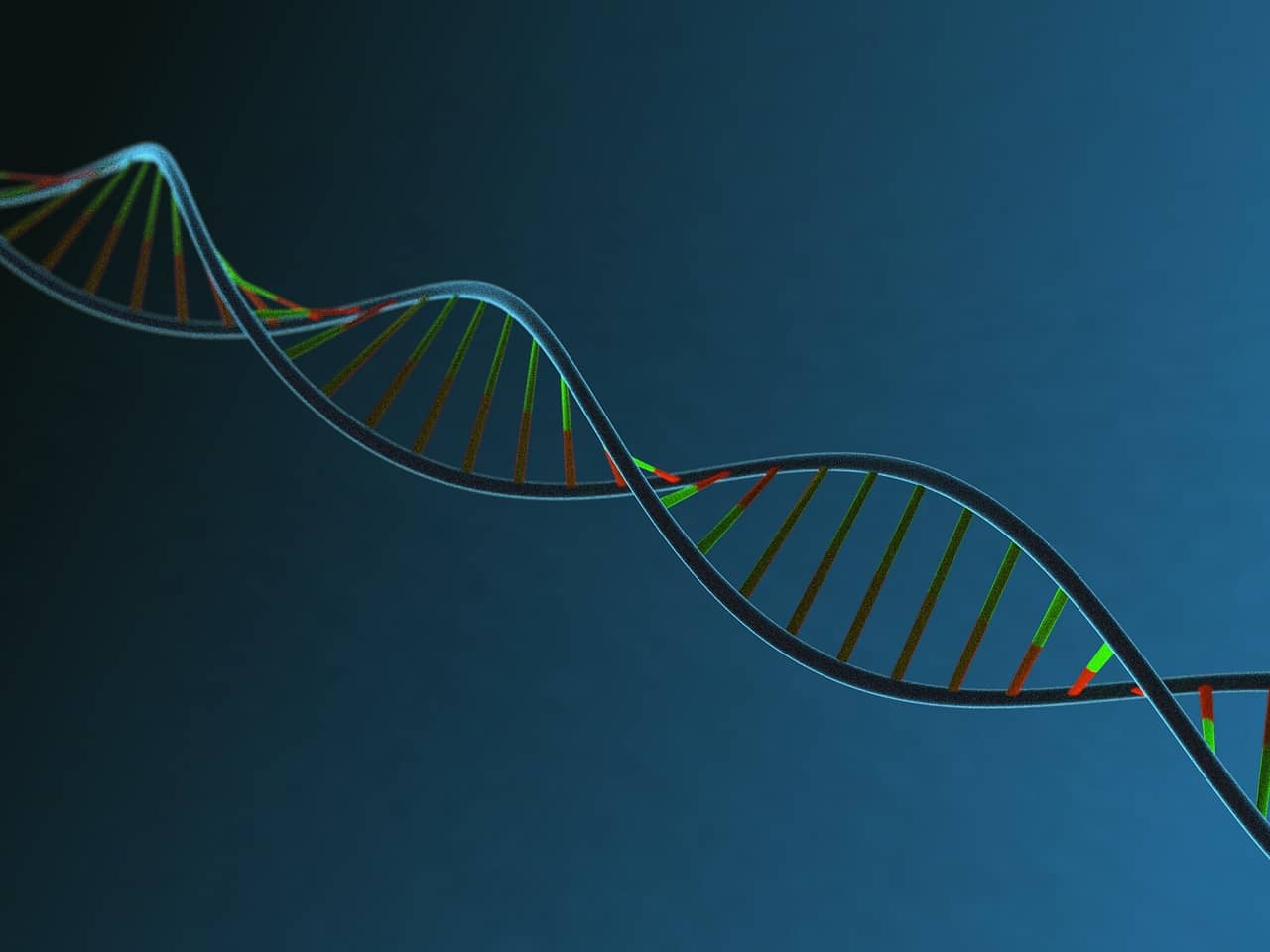In a post on the Metachromatic Leukodystrophy (MLD) Foundation’s website, the organization discusses the possibilities of using gene therapy as a treatment for this rare genetic disorder. The page discusses the capabilities of the therapy, its viability as a treatment, and the research that has been accomplished so far. In addition, the MLD Foundation provides relevant info on ongoing gene therapy trials, including ways that patients can get involved.
About Metachromatic Leukodystrophy (MLD)
Metachromatic leukodystrophy is a group of genetic disorders which are most characterized by the degeneration of the brain’s white matter. The disorder is linked to a mutation causing a deficiency of the ARSA enzyme, which prevents the normal generation and development of the myelin sheath in the central nervous system, an insulating, protective cover that protects nerve cells and are critical for their regular functioning. While the disease most frequently appears in the first year or two of life, signs can appear as late as adulthood. Symptoms and signs include problems walking, developmental delays, muscle stiffness and spasticity, convulsions, difficulty swallowing, hearing loss, paralyis, and loss of mental function. Treatment often focuses on relieving symptoms, which can improve lifespan and quality of life; however, the disease is ultimately fatal. There is no known cure for metachromatic leukodystrophy. To learn more about metachromatic leukodystrophy, click here.
Gene Therapy Progress and Challenges
Gene therapy hasn’t been developed for this disease yet due to the difficulty of getting corrected genetic materials through the blood-brain barrier. With that being said, researchers in Italy have been working on a mechanism that will allow for successful transportation of the therapy. This involves extracting the relevant cells from the patient, modifying them outside of the body, and then reintroducing them to the patient’s body.
At this juncture, there are two metachromatic leukodystrophy gene therapy clinical trials taking place in Milan, Italy. One is a phase II study of patients with the late-infantile and early-juvenile form of the disorder (less than seven years old) who are being treated with an investigational gene therapy called OTL-200. The second is a phase III trial of late-juvenile patients (up to age 16) being treated with the same therapy. Visit the original post to learn more details about these trials.





